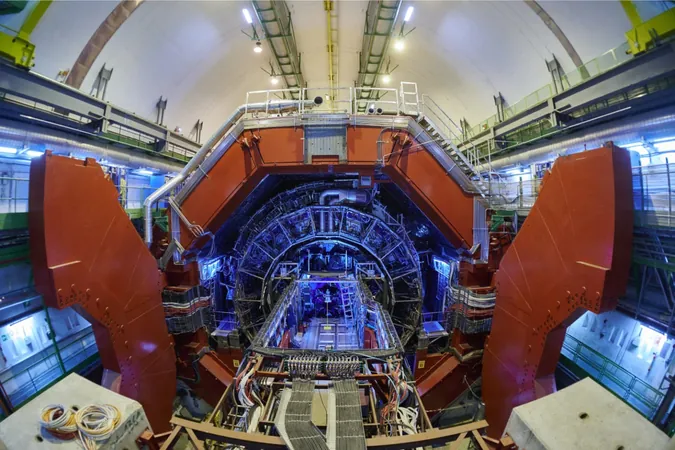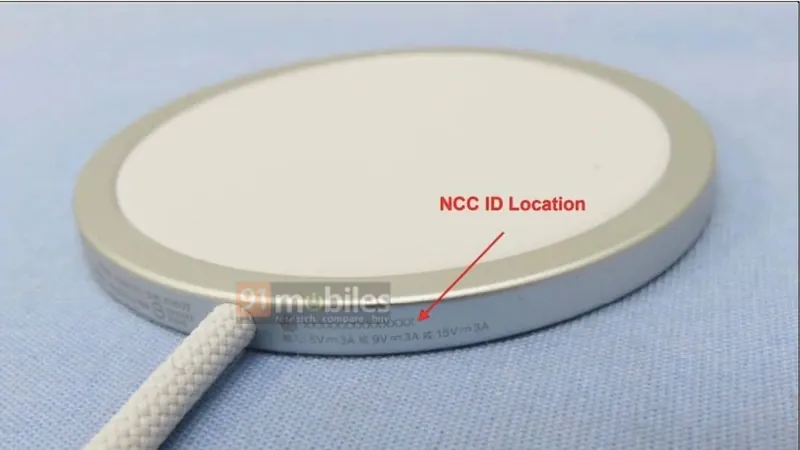
CERN's Spectacular Breakthrough: Lead Transforms to Gold—But Just for a Blink!
2025-05-14
Author: Wei
For centuries, the dream of turning lead into gold captivated the minds of alchemists. Now, scientists at CERN have made this age-old fantasy a reality—albeit for a fleeting moment.
Using the monumental Large Hadron Collider (LHC), the world's most powerful particle accelerator, physicists successfully transformed lead atoms into gold. By ejecting three protons from lead atoms, they achieved a remarkable feat, employing a groundbreaking mechanism involving near-miss collisions.
As one of the leading researchers from CERN’s ALICE collaboration, Uliana Dmitrieva stated, "This analysis is the first to systematically detect and document the signature of gold production at the LHC experimentally." ALICE, or A Large Ion Collider Experiment, is just one of the several pioneering projects at CERN.
The transformation hinges on a fascinating principle: elements are classified by the number of protons in their atomic nuclei. While lead boasts 82 protons, gold is defined by its 79. In this bold experiment, lead nuclei soared through the LHC at an astonishing 99.999993% the speed of light. The high-velocity collisions created intense electromagnetic fields, generating a brief flash of light particles known as photons.
Interestingly, it was the near-miss interactions between these photons and the lead nuclei—rather than direct collisions—that initiated a process called electromagnetic dissociation, causing the nuclei to lose protons and neutrons.
The outcome was impressive: if a lead nucleus lost no protons, it remained unchanged. Losing one turned it into thallium, two protons transformed it into mercury, and shedding three protons finally resulted in the creation of gold. However, this gold was short-lived, disintegrating almost instantaneously—existing for less than a second.
Despite this breakthrough producing nearly double the amount of gold compared to earlier efforts, the quantity was still a staggering trillion times less than needed for even a simple piece of jewelry.
Additionally, the study's results not only advance our understanding of electromagnetic dissociation but also enhance theoretical models crucial for predicting beam losses—an essential factor for the LHC's performance and the development of future colliders.
This groundbreaking achievement not only breathes new life into old alchemical dreams but also pushes the boundaries of modern physics!





 Brasil (PT)
Brasil (PT)
 Canada (EN)
Canada (EN)
 Chile (ES)
Chile (ES)
 Česko (CS)
Česko (CS)
 대한민국 (KO)
대한민국 (KO)
 España (ES)
España (ES)
 France (FR)
France (FR)
 Hong Kong (EN)
Hong Kong (EN)
 Italia (IT)
Italia (IT)
 日本 (JA)
日本 (JA)
 Magyarország (HU)
Magyarország (HU)
 Norge (NO)
Norge (NO)
 Polska (PL)
Polska (PL)
 Schweiz (DE)
Schweiz (DE)
 Singapore (EN)
Singapore (EN)
 Sverige (SV)
Sverige (SV)
 Suomi (FI)
Suomi (FI)
 Türkiye (TR)
Türkiye (TR)
 الإمارات العربية المتحدة (AR)
الإمارات العربية المتحدة (AR)